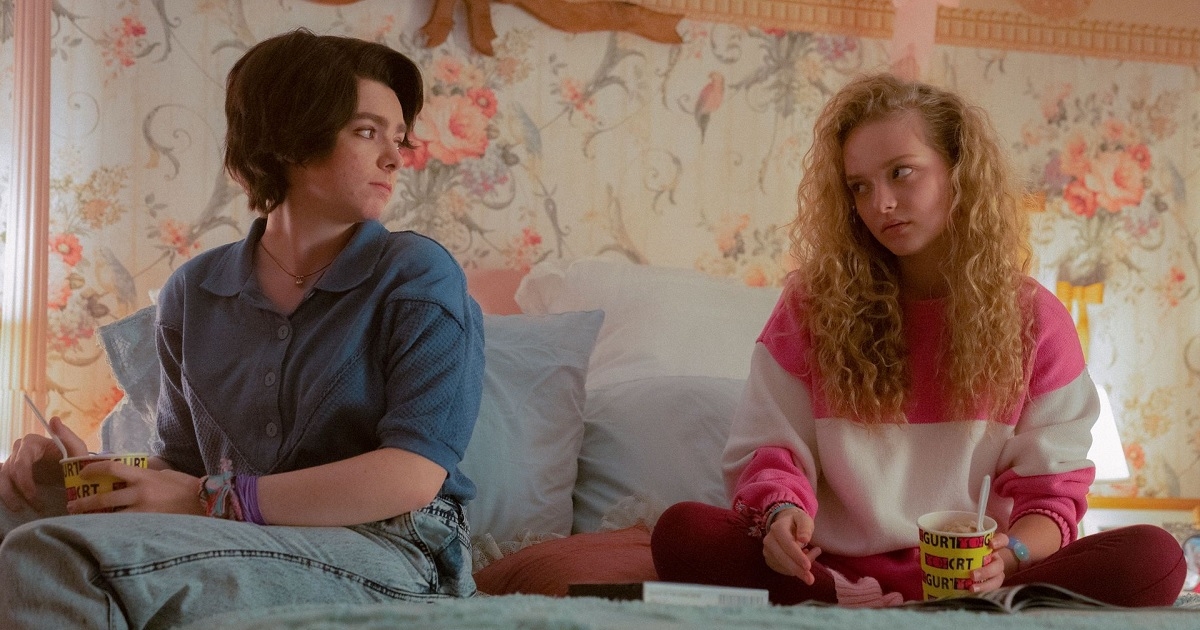Randall Vemer was only 22 years old when he became principal viola and soloist of the Oregon Symphony in 1976, a role he would hold for the next 20 years. During this time he also played principal viola for the Portland Opera and performed with several of the world’s most renowned ballet companies – including the Joffrey, Ballet West and the Royal Canadian Ballet.
It’s subtle, but those who come to see Vemer’s exhibit at Christ Episcopal Church, 536 W. North St., and have ever performed in pointe shoes, will recognize Vemer’s authenticity in one image in particular: the subject is a cellist, but the background is ballet dancer – next to the picture is Christine Chin’s haiku: “Voices in dreams, how they move, the smell of rosin.” In the wings of almost every ballet performance is a box of crushed rosin, which the dancers will further crush with the tips of their shoes to reduce the chance of slipping on stage.
This painting, which hangs on the wall of Christ Episcopal Church Sunday through Thursday and is open to the public between 10 a.m. and 3 p.m., is titled “Swan Lake.” Not only is the overall theme deeply personal—an ode to Vemer’s past as an orchestra regular in one of the most celebrated ballets of all time—but it’s also a primary theme. Vemer does not only paint musical instruments that he has come to know so well, but his models are real musicians from his personal network of friends and colleagues.
“All these musicians are not models – they are real professional musicians from all over the world that I either know or [get in touch with],” Vemer said on Thursday. “She’s a Russian solo violinist from Ukraine,” he added, pointing to a picture titled simply “Irine.”
Of course it’s bittersweet. Vemer fell in love with painting, but it is not his first passion. Although he is now able to play again, due to considerable medical intervention and mirror therapy, a diagnosis of focal dystonia in 1995 abruptly ended his professional music career.
“Tragedy struck,” he said. “I had focal dystonia, this horrible neurological thing that affects musicians. It killed my career, killed my passion, my income, my self worth, everything. Boom, over.”
So for the next decade, Vemer played in a new realm — the early days of the Internet — as a computer programmer. Ultimately, it served as a gateway to visual art, from screen to canvas.
“Web design… you have to do graphic design to do that, right?” he explained. “So I did a lot of graphics, and then painting was kind of an outgrowth of that. Instead of creating in pixels, I created with a brush.”
She became a lifeline. Vemer soon realized that while mastering the new art required the same level of discipline, practice, and dedication to technique—lots of “blood, sweat, and tears”—it was at least something domestic. After all, it was these same ingredients that made him a musician in his earlier chapter. I could do that.
“I took a lot of painting classes at colleges, local schools, the university,” he said. “But mostly it was studying with individuals – teachers and tutors – and reading and, I don’t want to say, YouTube videos! Egg tempera painting in the Renaissance and the like.”
Nevertheless, Vemer never lost sight of his music, even and especially in his paintings. That’s why his exhibition “MusArt” is a multimedia experience: each image not only contains one of Chin’s haikus, but also a QR code that, when opened, takes viewers to a musical score that includes the instrument depicted in the image.
That is why the opening of the exhibition on Thursday served as a mini-concert. That’s why Vemer’s biography – and images – comprise a short film with original music by Kira Zeeman Rugan, available for free on YouTube and winning first place at film festivals from Berlin to Tokyo, St. Petersburg, Paris to LA.
Therefore, when Vemer decided to paint Rugan, she is shown gesturing toward a dramatic sunset, as if she were seeing music—during the “sunset of the wild cosmos,” as Chin wrote in her accompanying haiku.
Megan Tackett is the editor of the Aspen Daily News. She can be reached at megan@aspendailynews.com or on Twitter @MeganTackett10.



